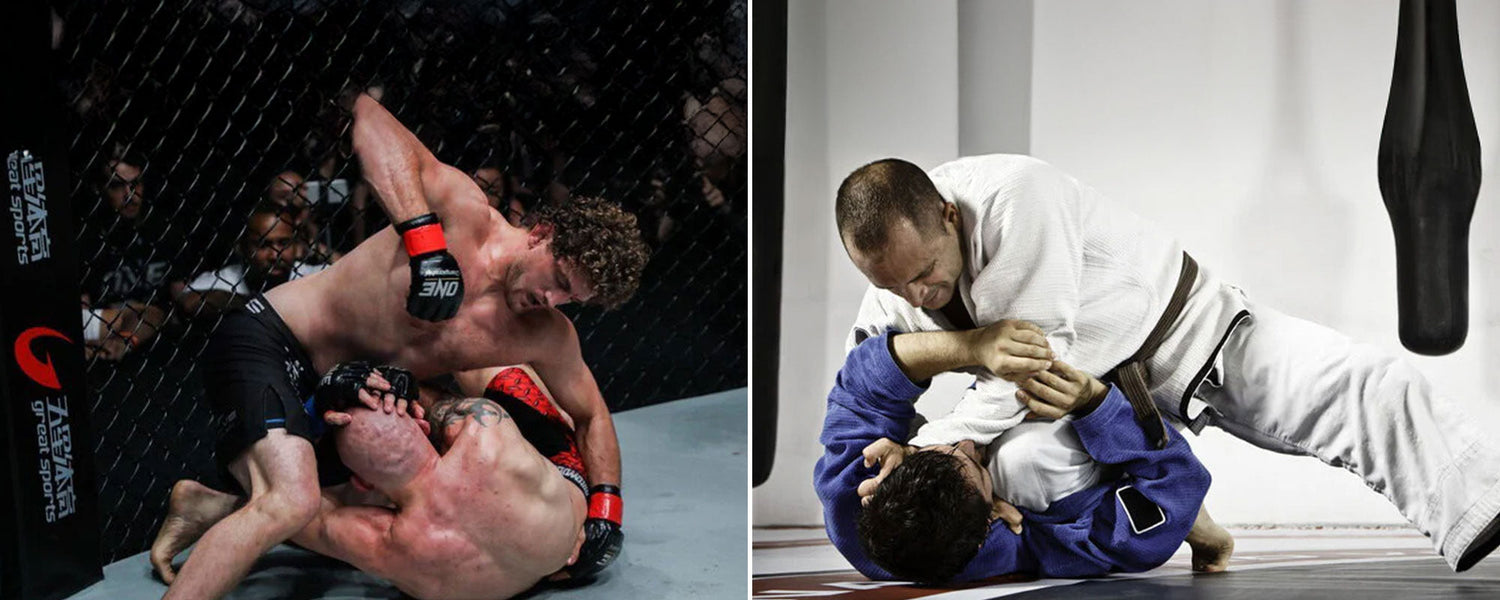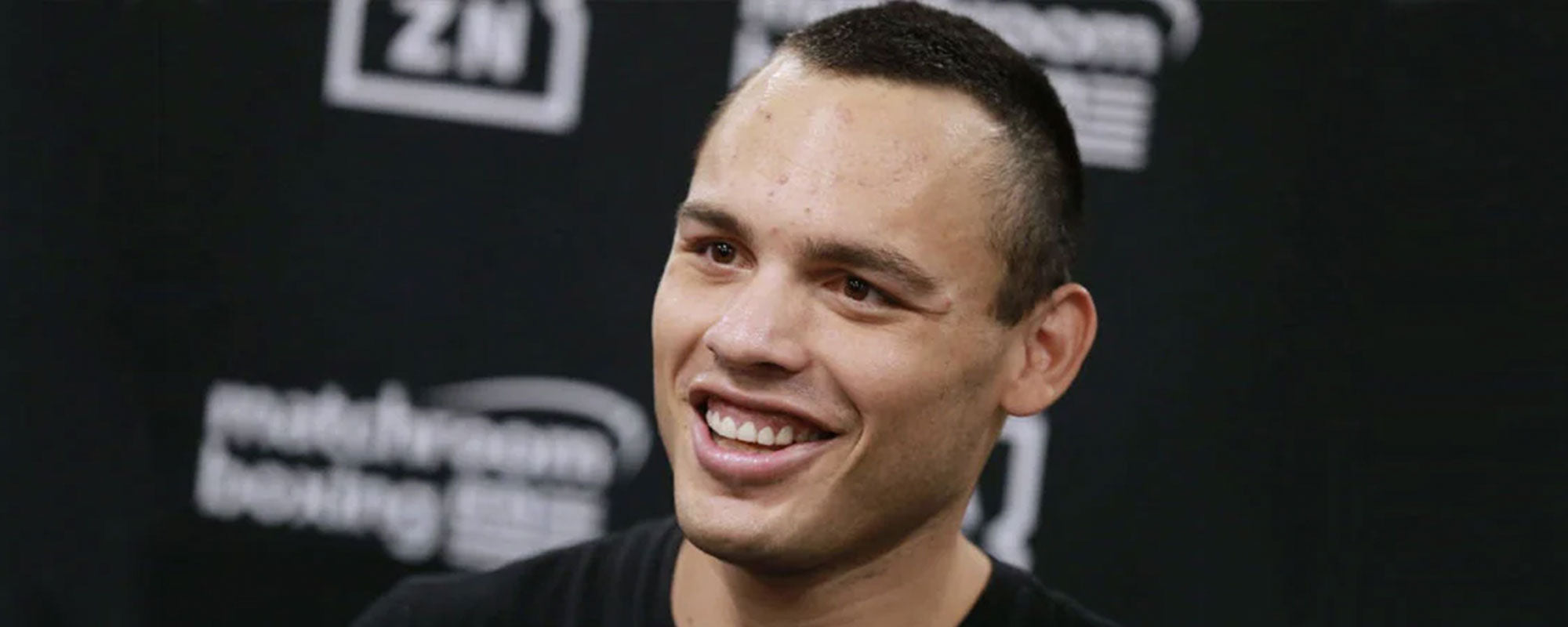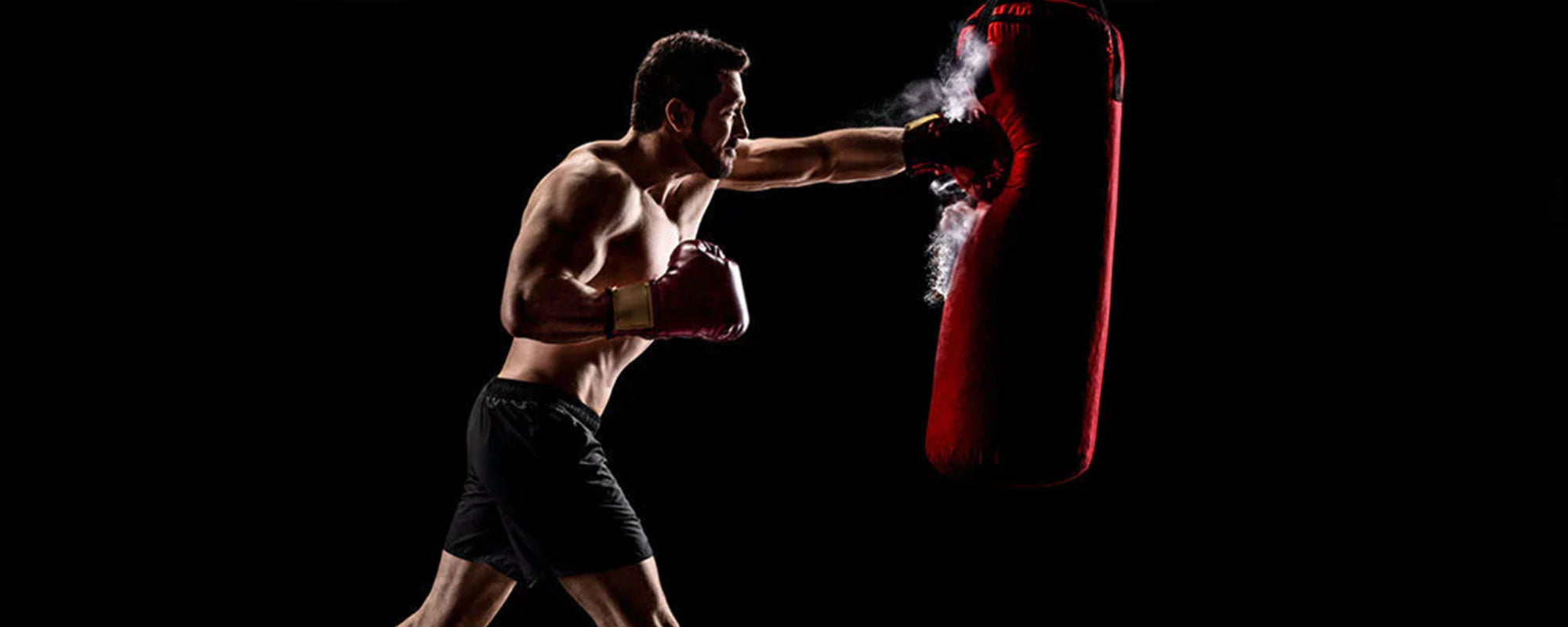Table of content
Martial arts are renowned fighting styles that incorporate particular patterns of striking and grappling that diversify and distinguish them.
Before the Ultimate Fighting Championship and similar MMA competitions, the term martial arts referred to the mainstream fighting styles Kung Fu, Karate or Muay Thai.
People with backgrounds in combat sports were the only ones aware of the distinguishing features of various names such as Judo, Tae Kwon Do, Jiujitsu, Capoeira, Wrestling, Sambo, Sumo and the like.
However, now people are much more aware of the variety of mixed martial arts (MMA) that’s present and are motivated towards learning these to either stay fit, compete or for self-defense purposes.
Regardless of the individual goal, if the aim is to become a better fighter who can handle themselves in tough situations, it’s mandatory that you have a combination of striking and grappling martial arts.
Let’s break it down and figure out the different types of striking and grappling martial arts you can choose for yourself:
1. Striking Martial Arts
Striking martial arts are fighting styles that primarily revolve around keeping enough distance to be able to land shots on your opponent using your hands, legs or even your head. Examples of striking martial arts include boxing, karate, Muay Thai, Tae Kwan Do, etc.
When starting out on a striking martial art, you’re bound to get worried about getting injured and enduring tough training sessions. However, you can be sure that in a street fight or competition, you will encounter more brutal force than the one delivered by your sparring partners.
This is where your training will pay off. While most people like to believe that striking martial arts are more efficient for self-defense situations, especially for circumstances involving multiple attackers, it’s not entirely true.
Unless it’s a movie, you won’t be throwing perfectly accurate single-hit knockouts and dodging everything your opponent(s) throw at you.
Striking martial arts are sure to give you an advantage over unarmed and untrained attackers but in a self-defense situation involving multiple attackers, the answer is always to run or arm yourself and fend off the attackers.
One of the main worries with striking martial arts that were exploited later on by grappling martial arts, especially in 1v1 fights, was the inability of the striker to handle close combat clinches.
What’s a boxer to do if they were taken down to the ground and found themselves in a guillotine? Similarly, the commemorated win of the BJJ legend Royce Gracie in the UFC was a testament to the fact that striking martial arts weren’t unbeatable.
Regardless, it’s important to know how to use the distance and be able to jab, kick and more importantly, see these attacks coming and know what to do in a fight that involves striking. This is why you should learn any one or a combination of the following types of striking martial art:
2. Karate
Karate is a famous form of striking martial art that has its origins dating back to the 1400s in the Ryukyu Kingdom. It was developed under the influence of Chinese martial arts, such as the Fujian White Crane. The martial art involves ounces, kicks, knee and elbow strikes, and techniques such as knife and spear-hands as well as palm-heel strikes.
Modern karate, however, also comprises grappling, throws, joint locks, restraints and vital-point strikes that teach you how to immobilize your opponent as well as counter the techniques should anyone apply them against you.
3. Boxing
We all know boxing as it’s one of the most lucrative aspects of the entertainment industry. But because it’s a widely regarded and celebrated sport, everyone knows that boxers are able to knock people out even with boxing gloves, let alone in a bare-knuckle street fight.
However, does this mean that boxers are invincible? As stated above, all striking martial arts involve inflicting pain on your opponents by striking your own limbs against their bodies. This is inevitably going to cause you pain as well. That is to say, you can’t fracture someone’s skull without breaking your knuckles.
With training that involves increasing the power, movement and technique of punches and movement that allows you to increase your speed, control the distance and get in and out of your opponent’s range, boxing is undoubtedly an important martial art that one should train.
4. Kickboxing
Similar to boxing but incorporating legs and kicks into the mix is kickboxing. This deadly art of fighting has some of the most effective techniques in striking martial arts that can help you become a powerful fighter.
Not only do you learn how to master the art of throwing and dodging punches and kicks, but you also work on building a stronger body to be able to withstand the same.
Kickboxing involves strengthening your legs and maintaining body balance while choosing and delivering your shots.
Getting in those kickboxing shorts and being able to improve upon your stance, flexibility and lower body strength can be more rewarding and beneficial than most people think.
5. Muay Thai
Muay Thai is a stand-up striking martial art that has the following techniques:
- Chok (Punches)
- Sok (Elbows)
- Te (Kicks)
- Ti Khao (Knees)
- Teep (Foot-Thrust)
- Chap Kho (Clinch and neck wrestling)
One of the reasons a lot of people choose to practice Muay Thai is because it involves basic elements of clinches that are similar to real-life combat situations when opponents cut out each others’ effective striking ranges and engage in a clinch.
While boxing and kickboxing give you punches and kicks, Muay Thai or Thai Boxing incorporates elbows, knees and clinches (close quarter standing grapples).
Muay Thai practitioners are all-rounded fighters who can compete in kickboxing, MMA and mixed-rule matches. Even if you don’t compete, you can put on the Muay Thai boxing gloves and start your training.
When it comes to combining striking and grappling martial arts, Muay Thai is an amazing choice preferred by millions around the world.
6. Tae Kwon Do
Another stand-up striking martial art that focuses solely on kicks is Tae Kwon Do. This fighting style is effective in establishing elasticity, flexibility, strength and endurance in your lower body while learning how to balance and maintain the upper body.
The words Tae Kwon Do literally mean the art of punching and kicking. Tae Kwon Do has its origins based in Seoul, Korea in the ending period of the Second World War.
Korean martial artists went and opened up schools that taught the mixed concepts of Korean martial art traditions like Taekkyon, Subak, Gwonbeop with Japanese and Chinese fighting styles.
7. Grappling Martial Arts
Grappling martial arts have developed their reputation in recent decades due to the formidable performance put forth by top-tier practitioners who have excelled in MMA fights with their relentless submission and pinning techniques.
Even the UFC and other MMA competition statistics reveal that the most dominant style of fighting has been of wrestlers, BJJ practitioners, Russian Sambo, etc. And the secret to this is closing the distance.
As we’ve discussed above, even the most commendable boxer may not be able to counter a normal man who tackles them to the ground. That’s because boxing doesn’t teach you how to defend takedowns, or how to scramble when you’ve been taken down, and even basic MMA concepts like avoiding and escaping submissions, etc.
This is why grapplers have a relatively easier time winning competitions against their striking counterparts.
Now, does this mean that a striker can’t catch a grappler with a neat hook and knock them out? It certainly does not. That is to say, not even grappling is the undefeatable fighting style, though it is very necessary.
It’s true that most fights begin in an upright position. This is where takedowns and throws come into play. While there are various styles of throws and takedowns that are discussed later, you’ll find that everyone with the knowledge of grappling isn’t afraid of going to the ground.
Rather, more experienced grappling martial artists prefer to take things to the ground because it’s their field of expertise.
The fact that grapplers can surprise strikers with their ability to immobilize their opponents and render their strikes useless at a close distance is a testament to its importance for anyone who wants to be an effective fighter.
Having established that, let’s take a look at some of the most renowned grappling martial arts you can add to your arsenal to become effective in self-defense.
8. Brazilian Jiu-Jitsu
Brazilian jiujitsu is one of the most famous grappling martial arts in the modern world. Famous for its ground-based fighting style that surprises the mind that’s conditioned to believe the top position is the dominant one, BJJ has proved surprisingly effective in realistic scenarios.
From bar bouncers to law enforcement and especially in the case of MMA fighting rings such as the UFC, Brazilian jiujitsu is right next to, if not above striking martial arts in the training regimen.
This ancient combat sport that has its roots in Japanese Judo and Jiujitsu involves using your body as well as your opponent’s to your advantage and getting in a dominant position. A dominant position doesn’t necessarily have to be the top one, as is the case in other fighting styles. Because in BJJ, the goal is to be able to submit your opponent and render them immobile without causing extra pain.
The rules of the combat sport specifically dictate that you can’t strike or slam your opponent and you must only look to make your opponent submit or establish dominance by attaining scores through dominant positions.
While competitions and tournaments happen often, it doesn’t play a factor in determining the belt levels in BJJ.
9. Luta Livre
Luta Livre is a submission only combat sport that resembles the No-Gi competitions such as the ADCC. There are no concepts of gaining points and thus, the sport is highly dedicated in terms of training efficient fighters who want to make sure they finish their opponents with a submission.
Since it involves ground-based grappling, you can be sure that you’ll be finding a lot of BJJ, Judo and other related grappling martial arts’ influences in the training.
10. Russian Sambo
Sambo is a soviet national martial art that is divided into combat and sport Sambo. While the name may give away the main attitudes in the fighter’s styles of fighting, the difference between both is that combat Sambo includes MMA striking techniques and grappling.
Whereas, sport Sambo is similar to Judo. Resembling the discipline and traditional rules as practiced in Judo with bans on chokeholds, Sambo varies from the old Japanese sport because it allows various types of leg locks.
Other than that, the same principle of throwing, groundwork and submissions with few gripping and holding restrictions are included.
11. Sumo
Sumo may not seem that effective but there have been many renowned MMA sumo wrestlers who picked up boxing gloves and learned to use their bodies in ground fighting as well.
Sumo restricts you to short durations of bouts that take place in circular rings, with your goal being to either take down your opponent or push/throw them out of the ring.
The sport doesn’t just involve increasing your weight to last longer in the ring, it is to make yourself strong enough to use all that you have against your opponent.
12. Wrestling
Wrestling is one of the world’s most effective fighting styles that has dominated in MMA competitions such as the UFC. While it may not be conclusive or all that you need, it’s certainly one of the best backgrounds to have whenever going for another type of martial art.
The takedowns, slams, physical endurance and strength along with ground-fighting experience that wrestlers have is crucial in surviving any and every fight. Although pure wrestling competitions don’t involve rings and drama like the WWE, those who train in wrestling singlets can train and excel in almost any other uniform or ring.
13. Takedown and Throwing Styles in Martial Arts
While the above are the fighting styles, there are two main types of martial arts that focus solely on takedowns and are known as throwing styles. These include Aikido, Judo, Shuay Jiao, Hapkido and the like.
14. Aikido
Aikido is a recently introduced Japanese martial art that has become very prominent, with established schools teaching various styles in over 140 countries.
This martial art, like BJJ, involves subduing and taking your opponent down without causing an injury.
With moves that involve taking an attacker’s hand and twisting it about by aligning your body in perpendicular angles to throw them down, Aikido receives scrutiny for its ineffectiveness as a complete martial art because it does not incorporate that much offense.
However, you can count on the knowledge to be particularly helpful in understanding the basics and advanced concepts of how you can manipulate your body to takedown and dominate your opponent.
15. Judo
Judo is perhaps the most famous martial art in this list because of its ancient and rich history as well as the influence it has in almost every grappling martial art. While it’s old and its traditions may seem outdated to modern-day MMA practitioners, it’s nonetheless one of the most effective grappling martial arts.
One can still find techniques and concepts like Kesa Gatame, Asha Garami, and others in BJJ, Sambo, Hapkido and Shuai Jiao and the like. The fact that the Gi uniform was used in Judo before it made its way to Karate and BJJ signifies that it’s one of the fundamental styles of fighting that influences almost every grappling martial art.
16. Takeaway
onefc It’s obvious that striking and grappling are two sides of the same coin. You can’t hope to be an optimal fighter or someone skilled enough to defend themselves completely without the knowledge of both these types of martial arts.
While it’s impossible to reach black belt or similar high-ranking levels in each one, it’s best that you mix at least one striking and one grappling martial art that you train in frequently.
Inevitably, as all fighting styles draw upon and influence each other greatly, you’ll eventually come to grasp basic concepts of them all. Try BJJ and Muay Thai, Judo and Kickboxing, or boxing and wrestling to get started.












Leave a comment
This site is protected by hCaptcha and the hCaptcha Privacy Policy and Terms of Service apply.